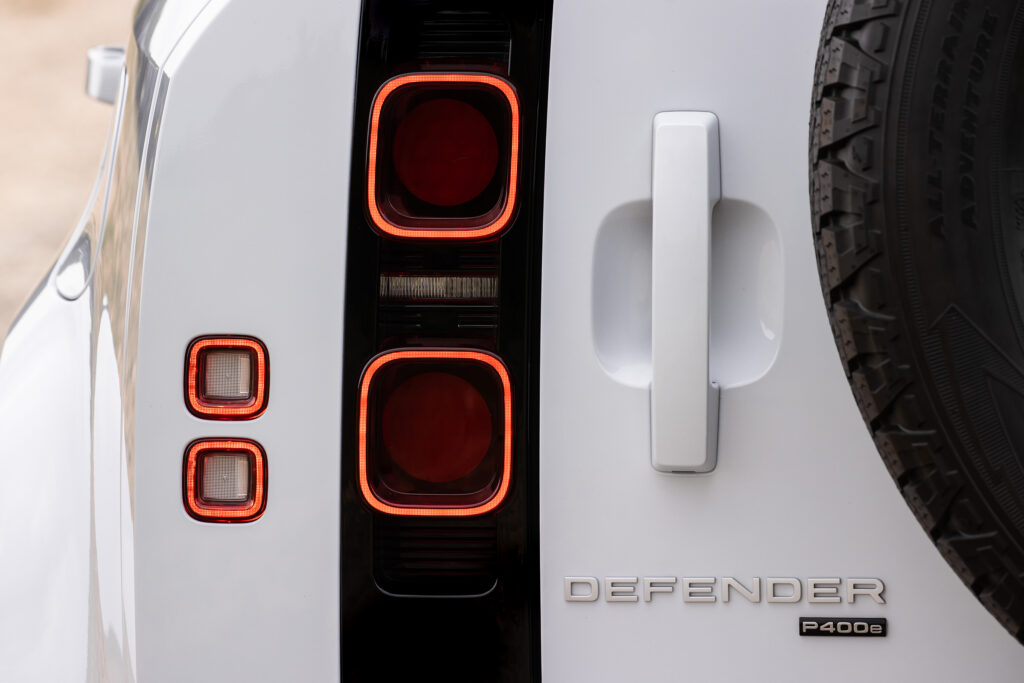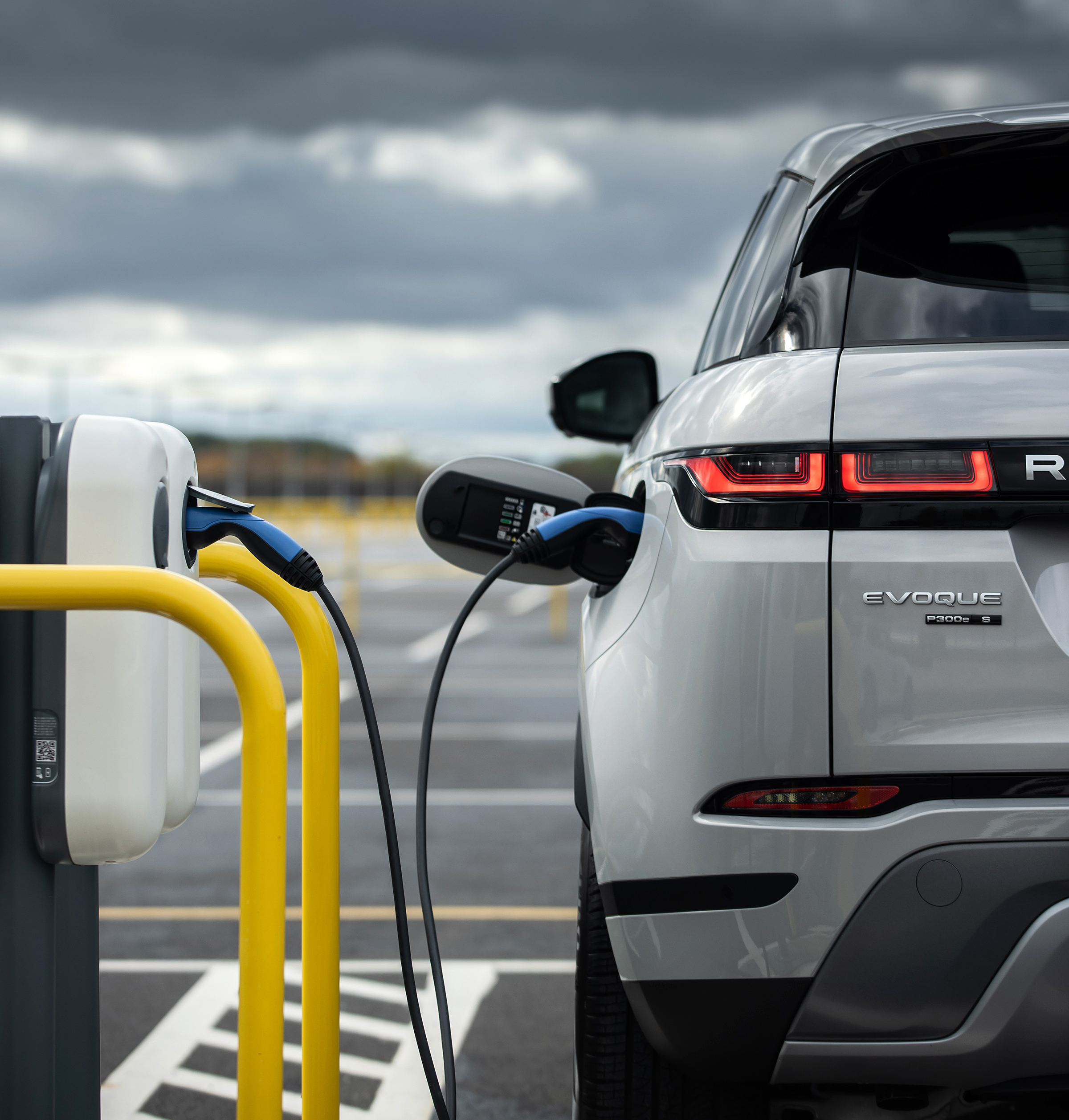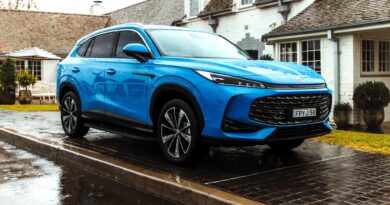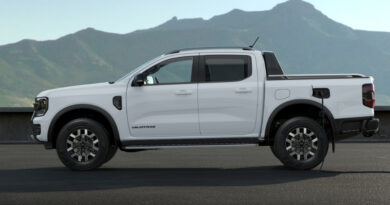4 new PHEVs to join Land Rover Australia family ahead of 4×4 EV transformation
Land Rover is going big on PHEVs in Australia.
The off-road specialist has committed to a family of plug-in hybrid electric vehicles as the British brand surges towards an all-electric future by 2030.
The move comes less than a year after Land Rover said it wanted more incentives for PHEVs to sell them in Australia. Despite some generous EV incentives and rebates – depending on where you live in Australia – none of the upcoming Land Rover PHEVs will benefit.
As well as the Range Rover Sport PHEV already available the company will add a smaller Range Rover Evoque PHEV, sportier Range Rover Velar PHEV and a larger (original) Range Rover PHEV with the arrival of an all-new generation around the middle of the year.
The Defender hard core off-roader will also get the PHEV treatment, making it the most capable electrified vehicle available in Australia.
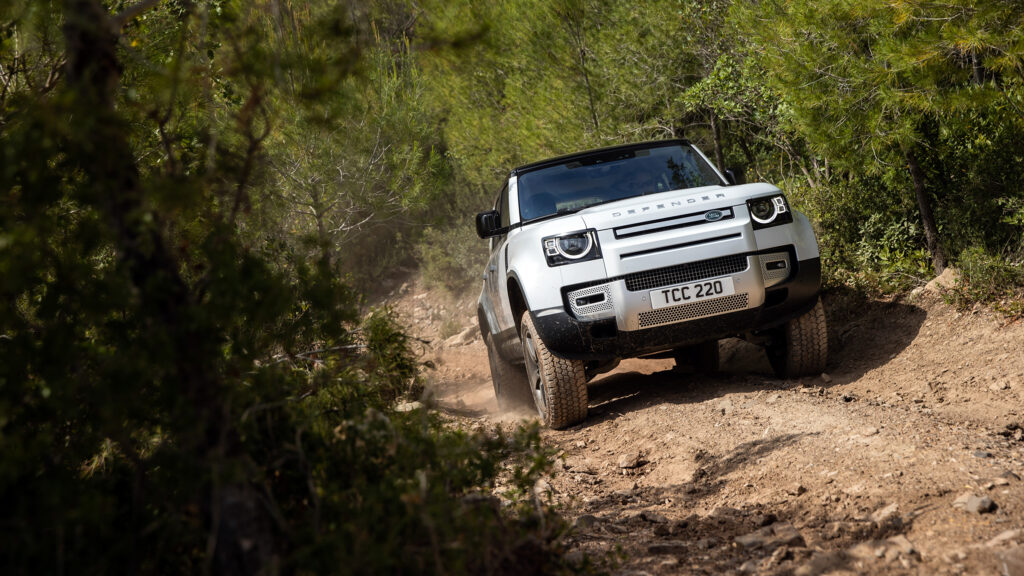
“We are delighted to introduce an expanded Land Rover PHEV offering, starting with 23MY Range Rover Evoque P300e,” said Land Rover Australia managing director Scott Maynard.
“Australian drivers are increasingly considering electrified powertrains – our expanded PHEV line-up offers compelling alternatives to traditional ICE engines, providing customers with more choice.”
He said every Land Rover model will be available as a pure electric vehicle by 2030.
For now, Land Rover Australia has only released specification details for the Evoque (see below) with more details on the others to follow on January 27.
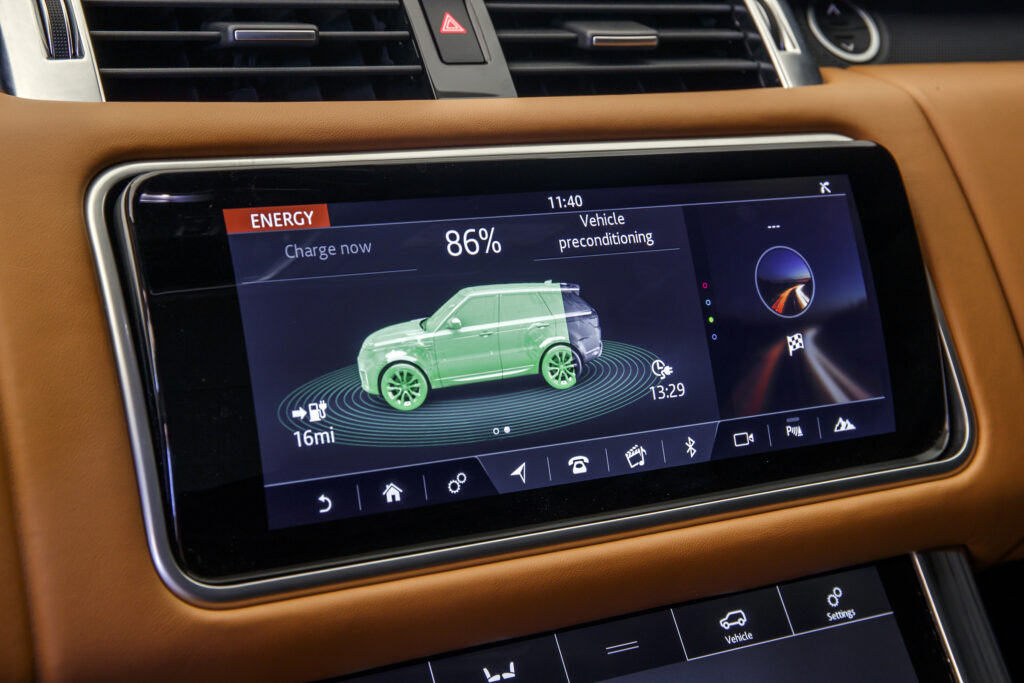
Range Rover Evoque P300e
The plug- in hybrid EV version of the Evoque will be called P300e.
It gets a 1.5-litre three-cylinder turbocharged engine making 147kW and driving through a new eight-speed auto designed to work in tandem with the electric motor.
There’s also an 80kW electric motor mounted in the rear and driving only the rear wheels.
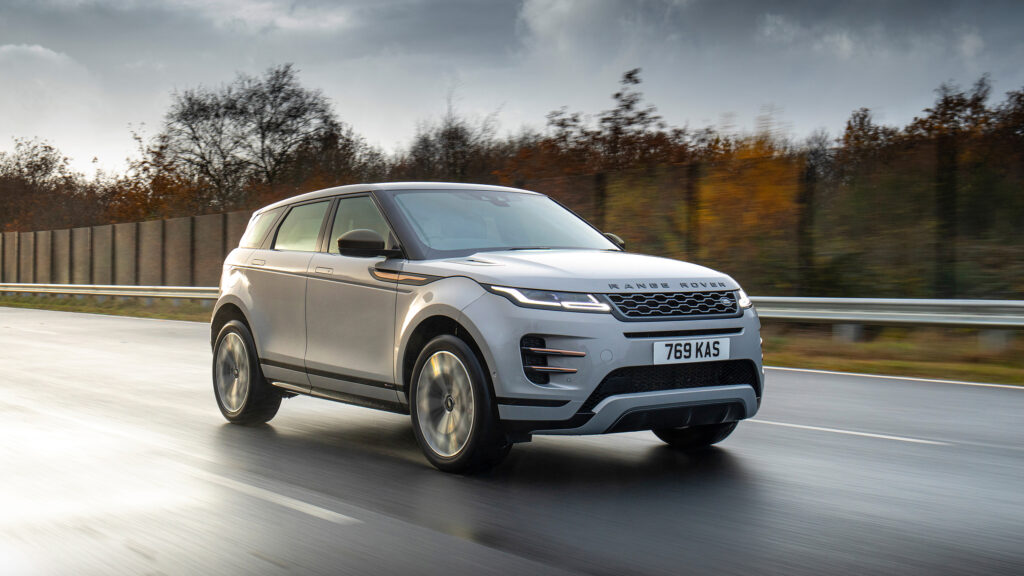
Combined, the two make a maximum 227kW and 540Nm, for 0-100km/h acceleration of 6.4 seconds. Relying only on the electric motor will mean a lot less performance.
A 15kWh battery is claimed to provide up to 62km of EV-only driving.
Fuel use according to the government standard is 2.0 litres per 100km, but as with all PHEVs you can pretty much ignore that. You’ll either use none when driving on electricity or a whole lot more once the petrol engine kicks in.It can be charged via both AC and DC outlets. When AC charging the maximum power accepted by the car is 7kW, allowing for a full charge in 2 hours and 12 minutes.
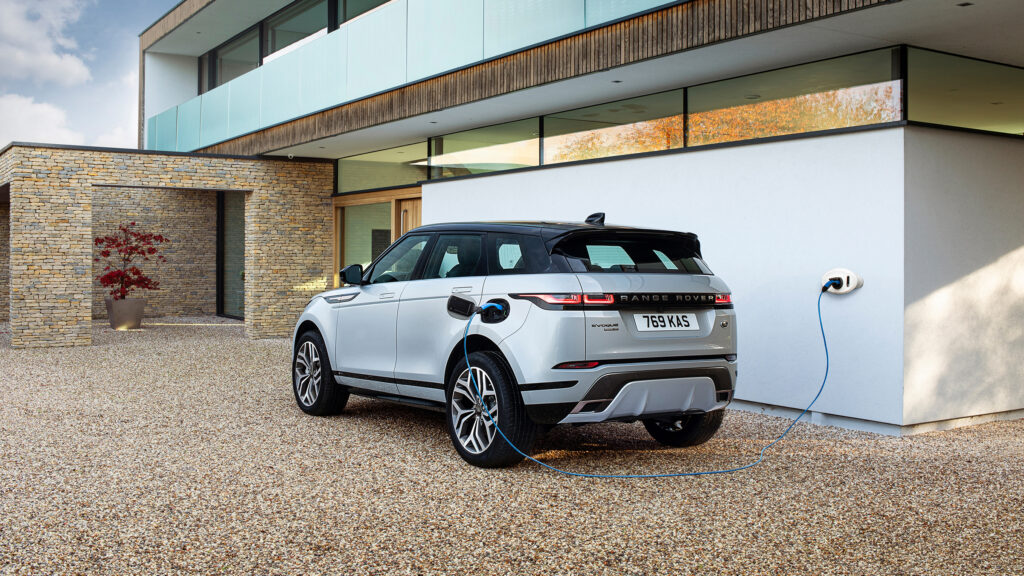
Charging on a home powerpoint takes 6 hours 42 minutes.
Or DC rapid charging can be done at up to 32kW for a 0-80 percent charge (about 49km) in half an hour.
While the Evoque is one of the less capable Land Rovers in tough terrain, the company has engineered it to do more than most luxury mid-sized SUVs. It has a 6mm metal underbody protector for the battery pack, which sits under the back seats.
The Evoque P300e PHEV will sell from $102,001 plus on-roads costs. It only comes in the highest HSE trim level and the price represents a circa-$20,000 premium over the non-PHEV model.
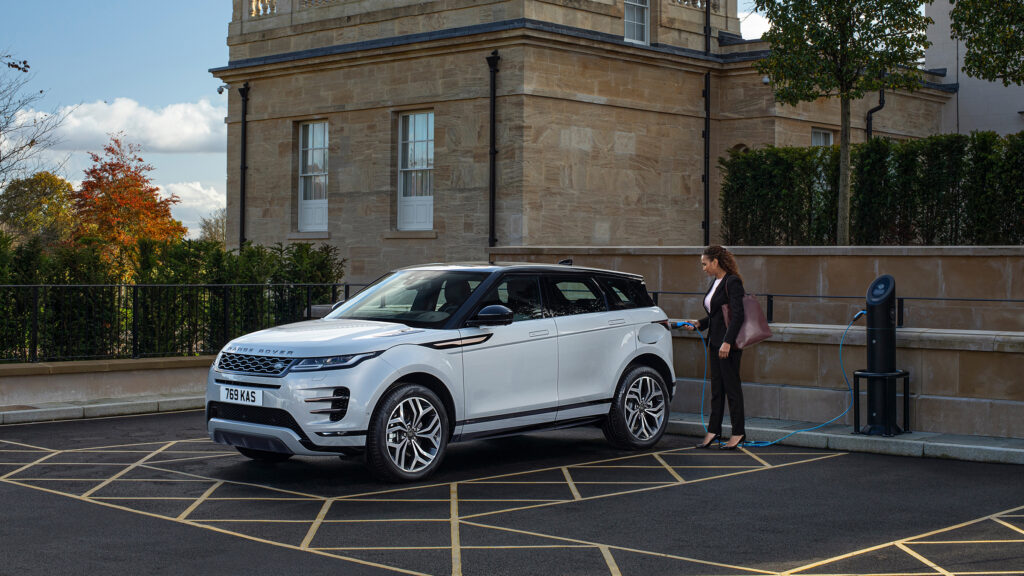
Along with the Range Rover Sport PHEV that’s been on sale for a couple of years the Evoque PHEV can be ordered now.
Range Rover Velar P400e
It’s the sleekest, sportiest model in the Land Rover lineup and soon the Range Rover Velar will have a PHEV option in the form of the P400e. That’s with no incentives, despite Land Rover saying it would not sell the car here until it made more sense financially.
The Velar PHEV shares its drivetrain with the Range Rover Sport.

That means a 2.0-litre four-cylinder turbo and a 105kW electric motor.
Combined peak outputs are 300kW and 650Nm and it’ll get to 100km/h in as little as 5.1 seconds.
There’s a 17.1kWh battery claimed to provide up to 53km of real-world EV range.
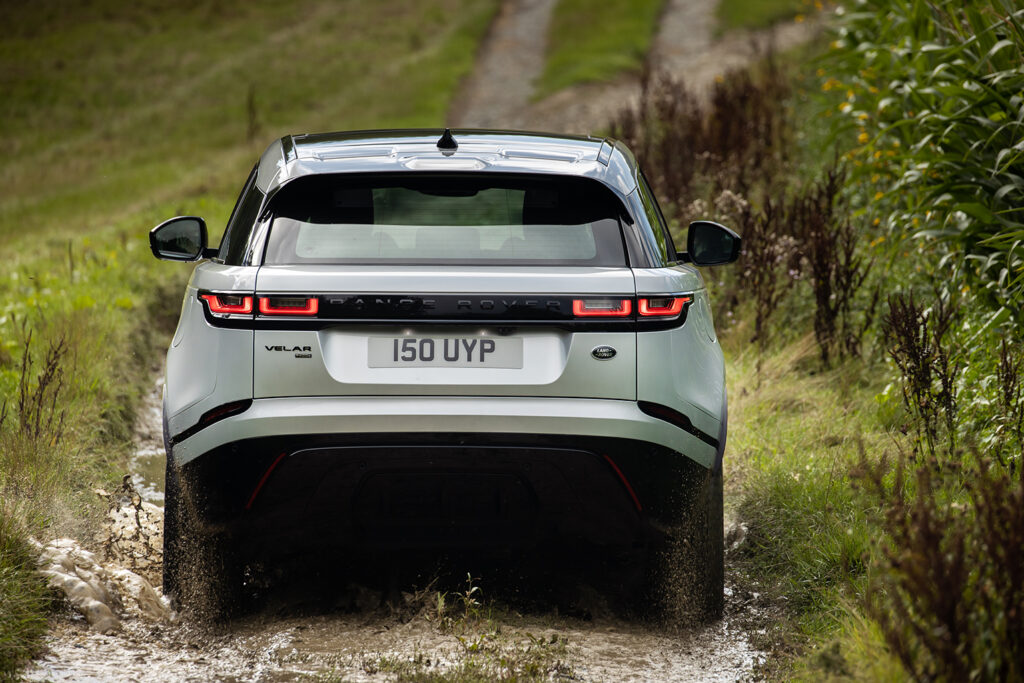
DC charging can be done at up to 32kW for an 80 percent charge in 30 minutes. AC charging tops out at 7kW for a full charge in about 2.5 hours.
Orders for the Velar PHEV open in Q2 of 2022.
Range Rover P510e
The all-new Range Rover arrives in the middle of 2022 and Land Rover has confirmed it will include the PHEV as part of the Australian lineup.
To be badged as P510e, the PHEV gets a 3.0-litre inline six-cylinder and a 105kW electric motor for a combined 375kW and 700Nm.
There’s a hefty 38.2kWh battery that’s claimed to provide 100km of WLTP range, or about 80 real-world kilometres.
Charging can be done at up to 50kW DC, so an 80 percent charge can be completed in less than an hour.
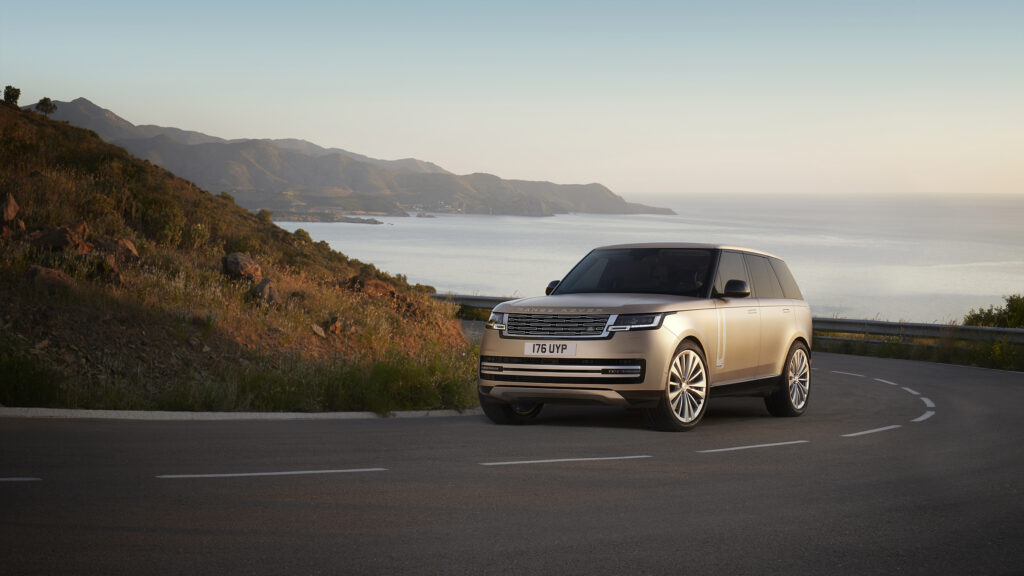
A full charge from a home powerpoint would take about 17 hours, lowering to six hours if you use an AX wallbox.
There’s boron steel protecting the battery underneath “to withstand extreme 4×4 conditions”.
And while it’s unlikely anyone shelling out something like $300K is likely to get too down and dirty, the hardware (and software) is there for those who dare.
It’ll also tow up to 2500kg.
No word yet on pricing, but expect it to be towards the upper end of the lineup. Details to follow on January 27. Orders for the Range Rover PHEV open on the same date.
Land Rover Defender 110 P400e
The Defender is the pinnacle of off-road ability in the Land Rover family and it will soon be available with a green tinge in the form of the 110 P40e PHEV.
It uses the same 2.0-litre four-cylinder turbo and 105kW electric motor as the Range Rover Sport.
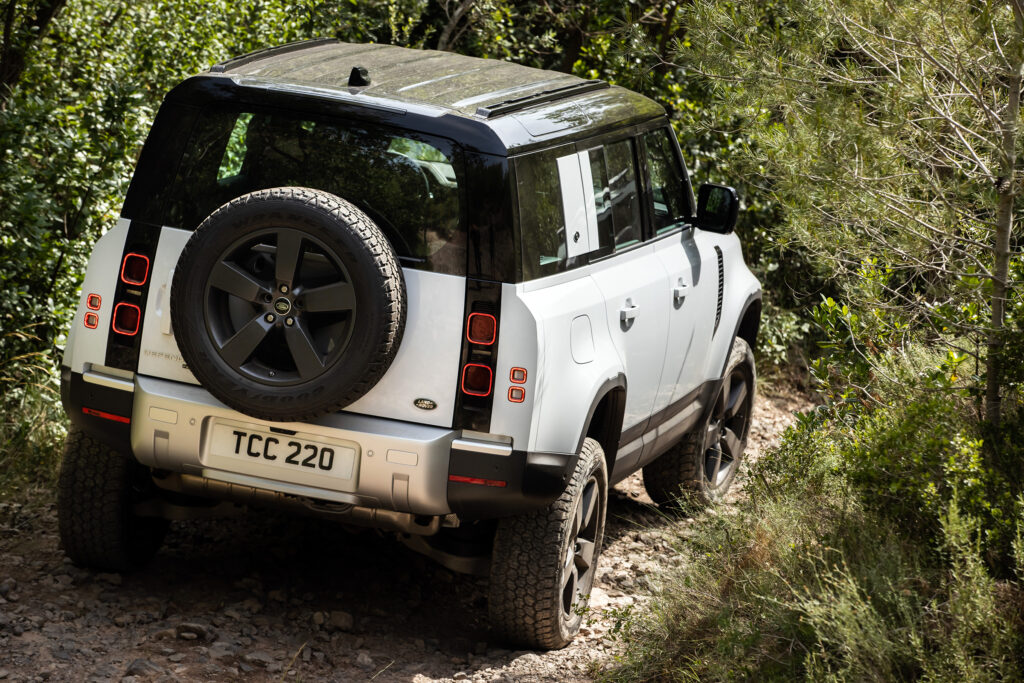
That means a combined 300kW and 650Nm and the ability to scorch to 100km/h in 5.4 seconds.
READ MORE: Why electric cars will be more capable off-road
The EV range is about 43km from a 19.2kWh battery.
A 0-80 percent 50kW DC fast charge can be done in as little as 30 minutes.
Because the Defender has its spare wheel mounted on the tailgate – other Land Rovers place them under the boot floor – it means the PHEV can easily maintain what many consider an essential piece of off-road equipment.
Orders for the Defender PHEV open in Q3 of 2022.
Remember, too, that Land Rover is also working on a Defender fuel cell electric vehicle.
